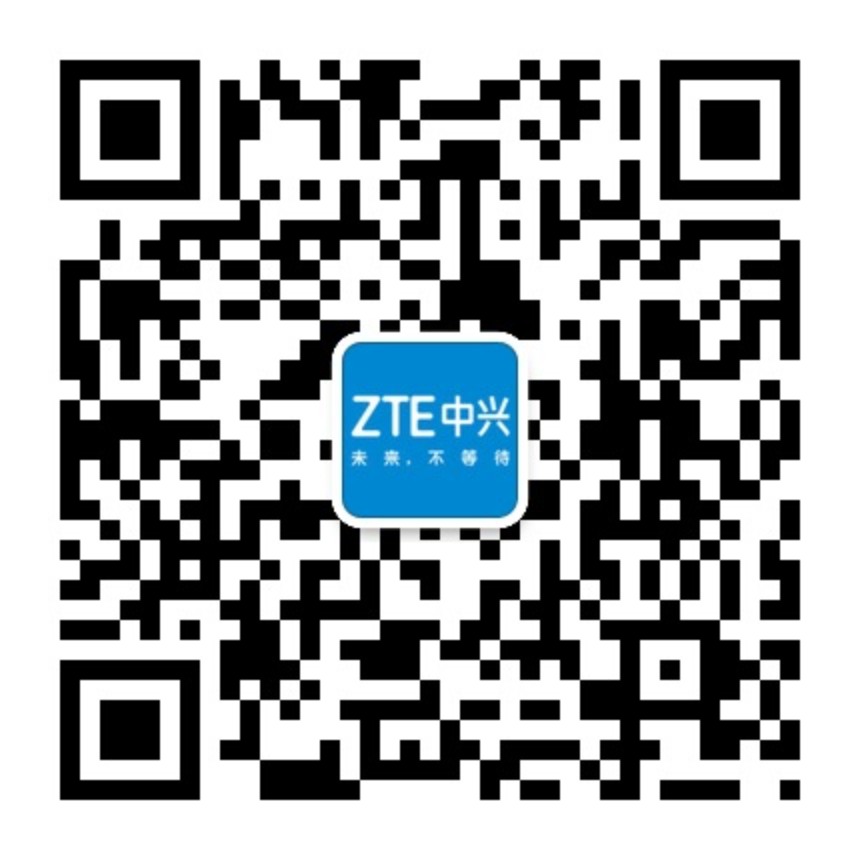5G业务需求分析及技术标准进程
[摘要] 认为移动互联网和物联网是第五代移动通信技术(5G)发展的主要驱动力;无线流量20年上万倍的增长、追求极致的用户体验是5G面临的直接挑战。认为5G系统与第四代移动通信技术(4G)相比较,传输速率、时延、连接数、流量密度、移动性等成为关键技术指标;预计到2020年中国还需要600 MHz以上的频谱资源支撑宽带业务的发展。认为向5G发展存在3种技术路线:LTE-Advanced演进、下一代无线局域网及可能的革命性路线。
[关键词] 5G;业务需求;标准化;频谱;移动互联网;物联网
[Abstract] Mobile internet and internet of things are considered the main driving forces of 5G. Wireless data traffic will increase a thousand-fold over the next 20 years, and perfect user experience will be expected. These are challenges for 5G. Transmission rate, latency, number of connections, traffic volume density, and mobility will be the KPIs of 5G. China requires more than 600 MHz of spectrum to meet the demand of broadband services going into 2020. There are three technical roadmaps for 5G: LTE-Advanced evolution, next-generation WLAN, or some other revolutionary technology.
[Keywords] 5G; service requirement; standardization; spectrum; mobile Internet; Internet of things
.png)


.png)

